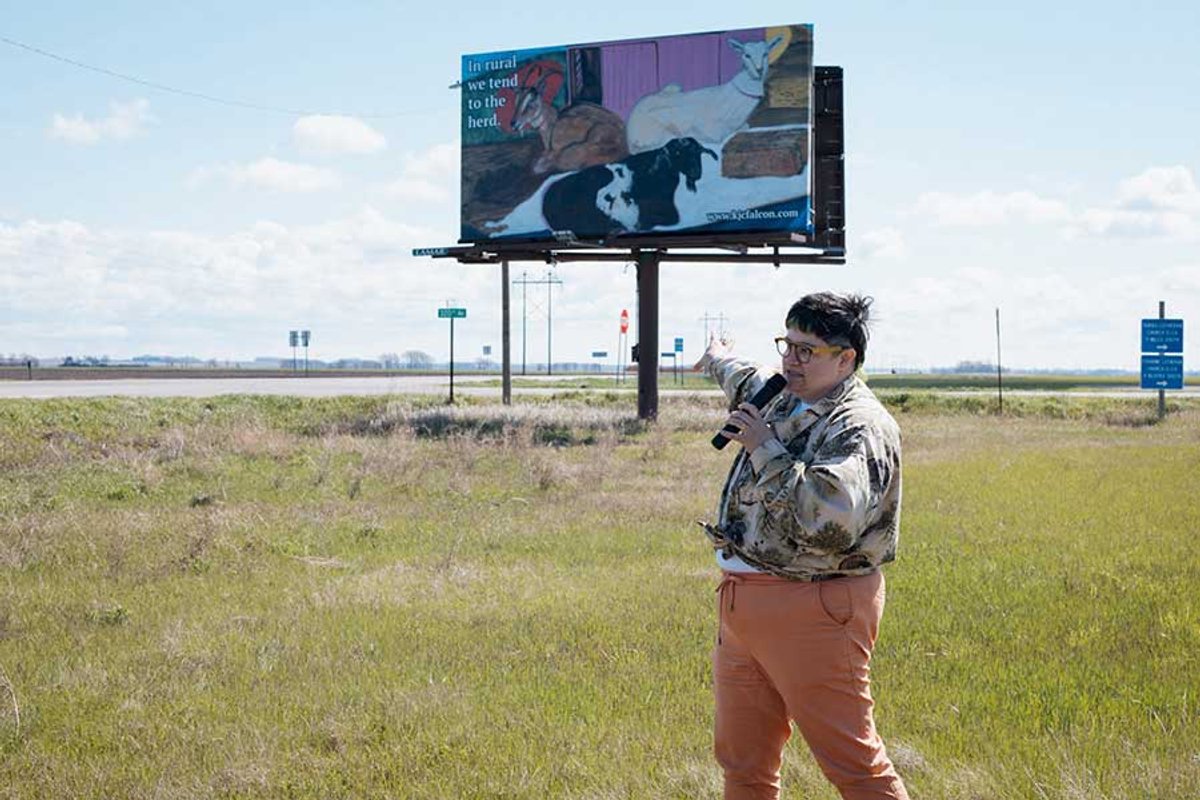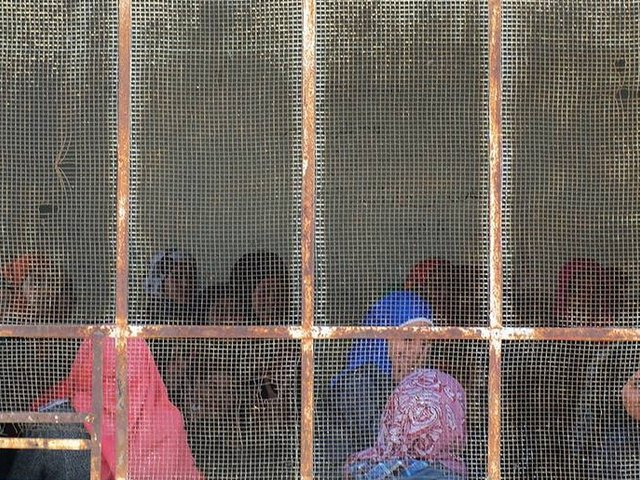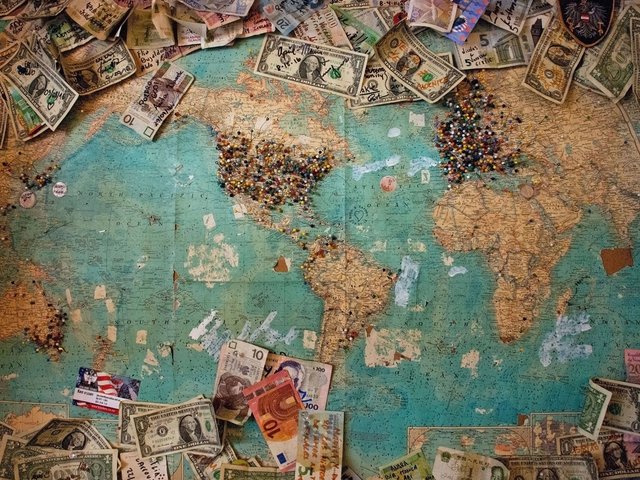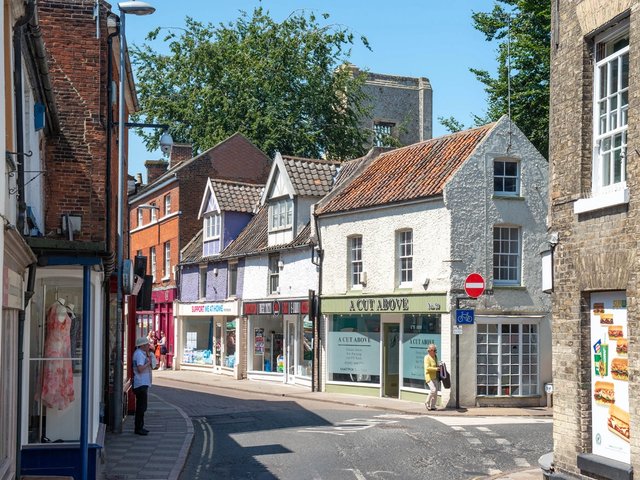One of the few guaranteed income initiatives for artists in the US is expanding its no-strings-attached cash programme to support more artists, with the number going up from 75 to 100 early next year.
Springboard for the Arts, a non-profit organisation based in St Paul, Minnesota, established its programme in 2021 and 75 artists from several counties around the state are at present taking part. The initiative allots $500 per month over a period of 18 months, or $9,000 in total, to each artist. As well as increasing the number of programme participants to 100, Springboard for the Arts will lengthen the payment period to five years, or $30,000 in all.
Each participant receives not only money, the specific use of which they are not required to account for to anyone, but also a variety of counselling services including personal finance guidance, student loan debt assistance and help with housing.
Ricardo Beaird, the director of community development at Springboard for the Arts, who oversees the guaranteed income programme, says that artists represent “a specific targeted audience or community that I think will have universal benefit”. He adds that “we see guaranteed income for artists as a start” to a larger movement “growing to support our most vulnerable in our country and society”.
Springboard’s guaranteed income programme is underwritten principally by four private foundations: the Bush Foundation, the Ford Foundation, the Kresge Foundation and the McKnight Foundation. No public funds are used.
There are several other guaranteed income programmes for artists around the country, including those run by Creatives Rebuild New York, the Black Music Action Coalition and San Francisco’s Yerba Buena Center for the Arts, all of which pay participating artists within a certain region $1,000 per month for a period of 18 months.
Beaird says that by creating “an income floor that no one can fall through”, Springboard “trusts people to make the best decisions for themselves”, which enables them to “create impact in our community”.
A 2023 participant in Springboard’s programme, Torri Hanna, is a fibre artist based in Fergus Falls, Minnesota. She says the $500 per month “helped me to gain control of my credit card debt, raising my credit score. It gave me the time to accept art commissions and, together with my daughter, to buy a small house. It has provided a cushion of financial security to deal with unexpected expenses, such as car repairs.” The Covid-19 lockdown had an adverse effect on her ability to work and earn a living, she adds, but the cash from Springboard “provides me with a cushion. I’m not so worried every time a bill comes in.”
Beaird says that the “priority groups” of Springboard for the Arts are “artists with disabilities, LGBTQ+ artists and Bipoc (Black, Indigenous and people of colour) artists”. Those priorities were met, he adds: of the first 75 participants in the programme, 53% were people of colour, 23% were LGBTQ+ and 36% were individuals with disabilities.
Springboard’s initiative, like other guaranteed income programmes in the US, is described as a ‘pilot programme’ rather than a regular service offered to the general public by municipalities or private organisations. They are all being treated as experimental schemes, and their efficacy is being studied by both the University of Pennsylvania’s Center for Guaranteed Income Research and Stanford University’s Basic Income Lab.
Beaird says the experience of Springboard’s programme would be part of a larger nationwide effort to guarantee payments to those earning under a certain percentage of the federal poverty level. He hopes that “narratives about deservedness or fear of how people might spend their money are dispelled or fought against through this work, through the implementation of the programme, through the creativity that comes out of this programme”.





